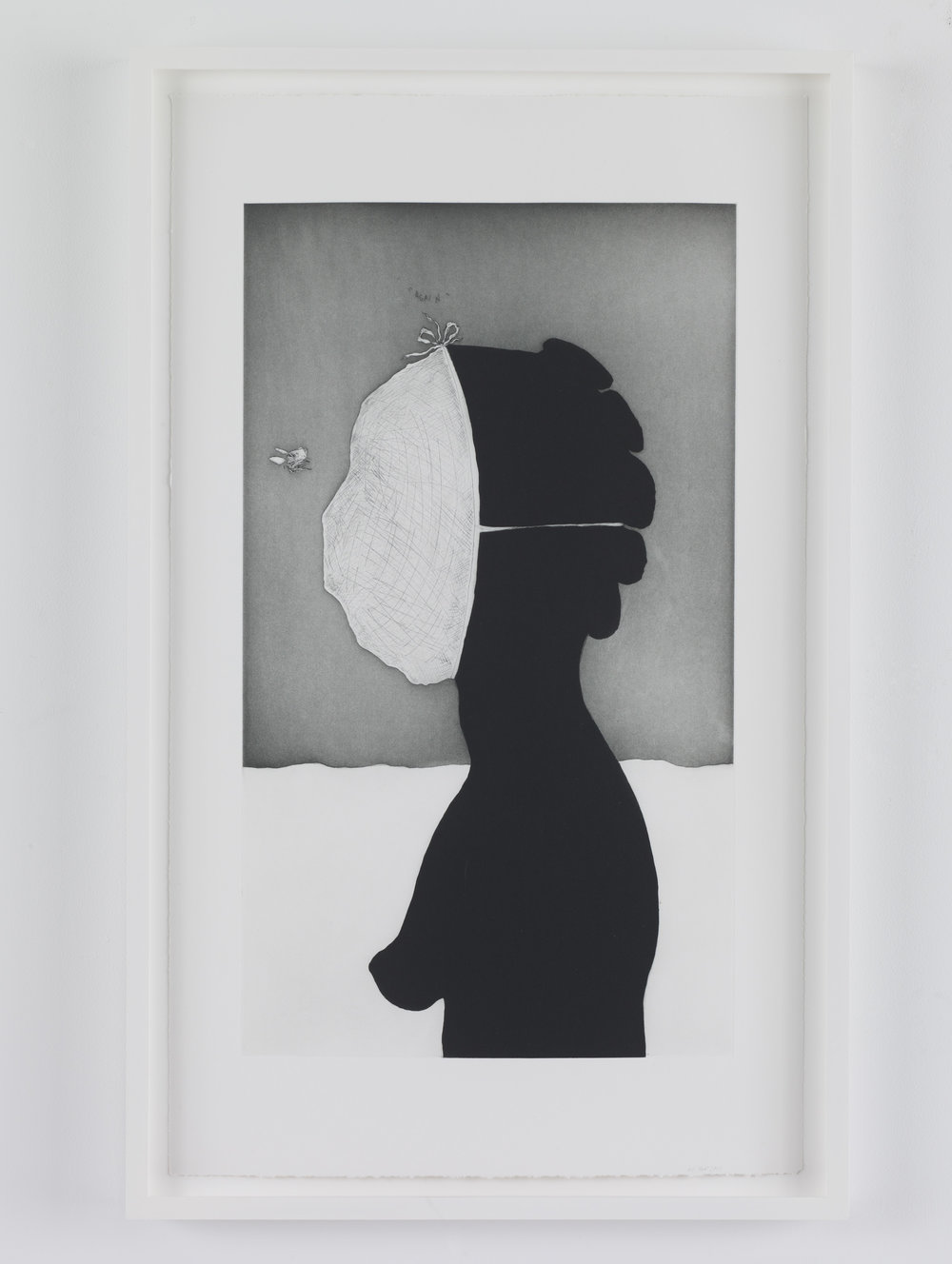
We’ve been trying very hard… in America to pretend that this greatest conflict didn’t even have at its base the only thing it had at its base… Person after person will write a book today and insist that slavery was not the issue.
—Lorraine Hansberry
When I was a little girl, my family often visited antique shops. My father and mother practically had the shelves in these shops memorized. We were among a handful of middle class black families in a small farming town of cornfields and cow pastures, so I would like to think that favoring antiquity became a mode of operation for my family, a habit that followed me into my Luddite twenties. But now in my thirties, even sepia filters make me uncomfortable, perhaps because the ease with which we can age things has become both artificial and oversimplified: an affectation as superficial as cooking stains on glassware. The past, for many, has become an activity, belying implication of the complex act of remembering. Many Big City dwellers would need to be cornered to admit being raised with small town lore. Girded with Cabernet and board games, we gather ourselves in urban caravans to get out of the city for a refreshing weekend dose of relic and pine trees. It seems that the present becomes more livable once it has been enabled with the tangibility of the past: antique shops, Main Street, typewriters—dusty spirits we consider accessories. Sarah Schulman calls this an “active forgetfulness.”
My mother died in 2003, just three years after I moved to the Big City, but my father never stopped going to antique shops. The last time I went with him, a young white man behind the counter, tinkering with a clock, began to talk as soon as he saw us; it was clear that my father had given him an education.
“I haven’t found any recently,” the man behind the counter said.
My father collects Black Americana. These images were fixtures of his childhood, difficult remnants of inferiority. Black Americana are the watermelon prints, dark skinned babies with agape mouths full of dangling teeth, blackface images with bloated jowls and wide, exaggerated eyes. These violent images are intent on weaponizing African features, the evidence that the dehumanization of black people is not only an institution, but a component of our country’s imagination. Black Americana trained the minds of Jim Crow era whites that black men are drunk and overtly sexual; black women are Mammy, servant, and lascivious vessels; and our children are foolish and disposable. When I ask my father why he feels the need to keep these images he replies, “They’re our history.”
In a blogpost for...
You have reached your article limit
Sign up for a digital subscription and continue reading all new issues, plus our entire archives, for just $1.50/month.
Already a subscriber? Sign in




